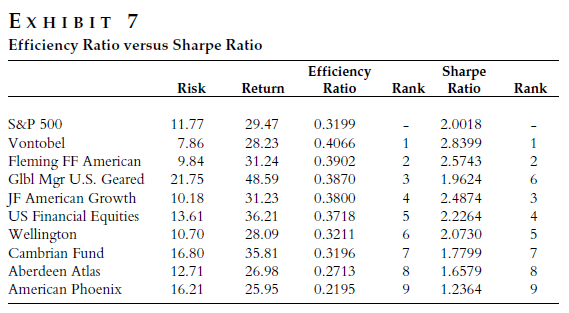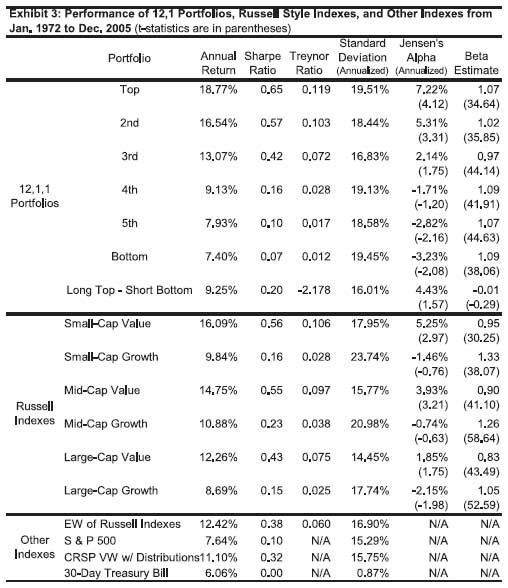Portfolio Performance Measuring Portfolio Returns; Sharpe Ratio Treynor Ratio and Jensen Alpha
Post on: 1 Апрель, 2015 No Comment

Portfolios contain groups of securities that are selected to achieve the highest return for a given level of risk. How well this is achieved depends on how well the portfolio manager or investor is able to forecast economic conditions and the future prospects of companies, and to accurately assess the risk of each security under consideration. Many investors and some portfolio managers adopt a passive portfolio management strategy by simply holding a basket of securities that is weighted to reflect a market index, or by buying securities based on a market index, such as most exchange-traded funds .
Some investors and portfolio managers think they can do better than the market, and so engage in active portfolio management. buying and selling securities as conditions change. Most active portfolio managers use sophisticated financial models to base their investment decisions.
However, most studies have shown that few portfolio managers outperform the market, especially over a long time, and because there are thousands of portfolio managers selling their services, the fact that some outperform the market over an extended period may be due to luck. For instance, if thousands of portfolios were constructed by choosing securities at random, and buying and selling them at random, some would do much better than all of the rest—simply by chance. Another factor weighing on the performance of active portfolios are the fees charged by their managers, and the trading costs of frequently buying and selling. There are some managers who seem to outperform the market consistently, such as Warren Buffett of Berkshire Hathaway; however, Warren Buffet uses a buy-and-hold strategy rather than active trading. Another factor that individual investors doing their own active portfolio management should consider is whether any gains are worth the amount of time necessary to actively manage their portfolio.
Measuring Portfolio Returns

Portfolio returns come in the form of current income and capital gains. Current income includes dividends on stocks and interest payments on bonds. A capital gain or capital loss results when a security is sold, and is equal to the amount of the sale price minus the purchase price. The return of the portfolio is equal to the net of the capital gains or losses plus the current income for the holding period. Unrealized capital gains or losses on securities still held are also added to the return to evaluate the holding period return of the portfolio. The portfolio return is adjusted for the addition of funds and the withdrawal of funds to the portfolio, and is time-weighted according to the number of months that the funds were in the portfolio. Below is the formula for calculating the portfolio return for 1 year:
Portfolio Return Formula














